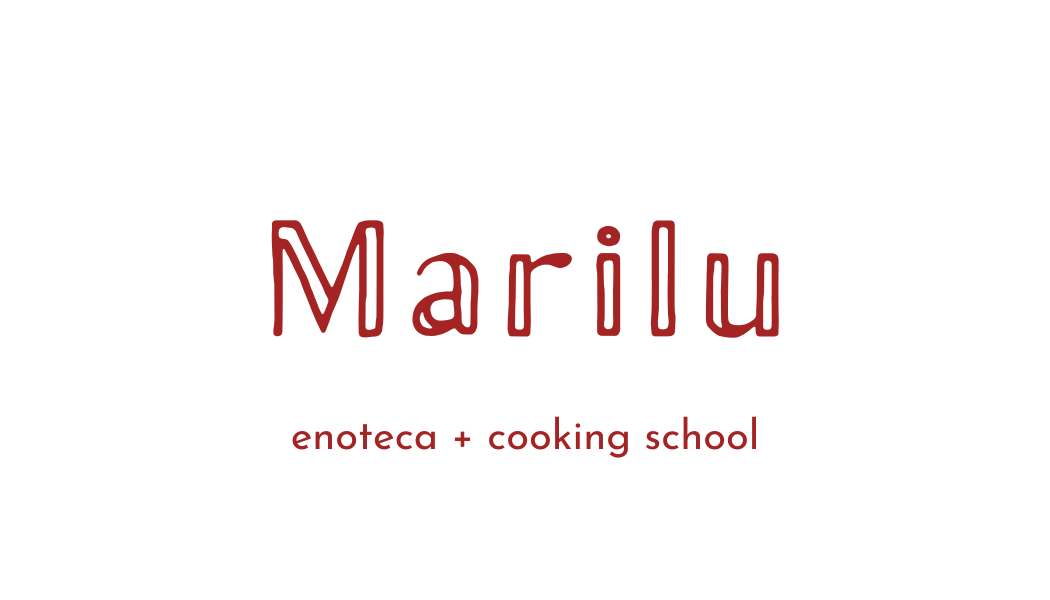Orange wine in Tuscany
Tuscany isn't the first place that comes to mind when you think “orange wine”. Its rolling hills spotted with olive trees and castles lined with pointed cypresses are known best for their classic reds – centuries old Chianti and Brunello and the more recent Super Tuscans – but not for experimental, macerated white wines that challenge expectations and taste buds. But in pockets of Tuscany's lesser known wine denominations, there are producers creating unique orange wines with native grapes resulting in very interesting alternatives to the region's quintessential offerings.
The making of orange wine in Tuscany is part of a bigger movement world-wide that is seeing a revival of the age-old winemaking technique of macerating white grapes with their skins – in other words, using white grapes like you would red ones. White wine is usually made by pressing white grapes and separating the juice from the skins and then fermenting the juice, but so-called 'orange wine' (also referred to as 'amber', 'ramato', 'macerated' and 'skin-contact' wines) is made by letting the juice and skins ferment together, creating wine that Enoteca Marilu founder Marco Lami describes as having, “Bigger body, a more complex flavour profile, tannins that you would expect from a red wine and a colour that can range from gold to rust.”
“Tuscany is suited for orange wines for its range of white grapes varietals, such as Tuscan Trebbiano or Malvasia Bianca, which would otherwise end up being turned into very simple and sometimes quite boring white wines with no real chance of being upheld at the same level of quality as the famous reds.” — Marco Lami
The making of orange wines in Italy originated in the region of Friuli in the northeast, with more and more winemakers throughout the peninsula embracing it, including in Tuscany. Rome-based sommelier and wine teacher, Hande Leimer puts it like this, “I guess when you are in the most known but least understood region of Italian winemaking, and care about a better life, going back to the ancient winemaking style comes naturally.”
It's a winemaking technique that goes hand in hand with minimal intervention – in other words, continues Marco, “Any form of what is known as 'natural winemaking', such as using wild yeast for fermentation, no temperature control and using little or no sulphur,” but wine writer Simon Woolf (author of Amber Revolution, a book devoted to the subject of orange wines) points out that “This isn't a prerequisite for the style.”
For the adventurous, the open minded and the curious, orange wines have a lot to give. Because of their hybrid nature – not white, not red, but in a way, both, displaying the acidity and fruit of whites and the tannins and body of reds – they are extremely versatile when pairing with food. From hearty bean and farro soups and bistecca alla fiorentina to seafood stews from the coast to delicate truffles, orange wine has its place on the Tuscan table.
Here at Enoteca Marilu we are enthusiasts of orange wine and we cannot wait to introduce you to some of our favourites.
Emiko and Marco x
